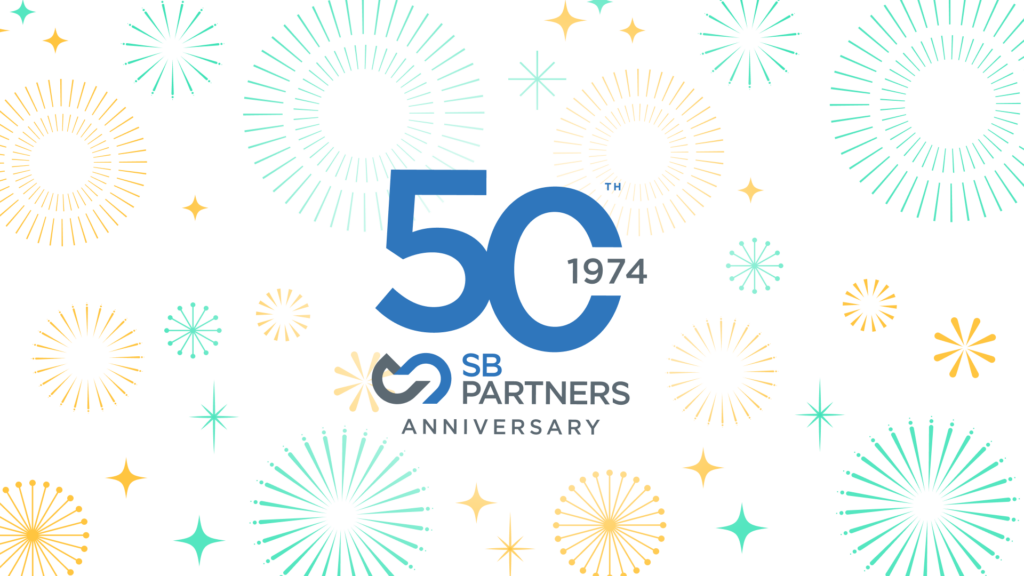Who knew there was such an art to purchasing? We learned about the complexities of this task at our recent Executive Know-How event when George Szewchuk gave a presentation entitled Purchasing for sustainable profit and competitive advantage.
George is principal of Szewchuk Associates and has 50 years of experience in purchasing, more than 30 with major companies and the last six as a consultant. He considers his knowledge and experience to be his “unfair advantage,” and notes he can save his clients between 10-30 percent on purchasing projects, in one instance having saved a client $2 million in the first 12 months.
“I am passionate about reducing costs,” said George, remarking that he hoped to share his expertise on transforming purchasing from a simple transactional process to a profit centre. He believes most people consider purchasing to be more of a transactional function when really it is key to keeping the business running smoothly. “The cost reduction role is as important, if not more so, than the transactional role as it can increase the financial well-being of an organization.”
By focusing on an approach called strategic sourcing, we will not only benefit from cost reductions, says George, but also increased profits that will provide our competitive edge. He admits he only became aware of strategic sourcing ten years ago, but says that by focusing on this strategy, “it’s the only way to maximize your role as a profit centre.” According to Wikipedia, “strategic sourcing is a focused procurement process that continuously improves and re-evaluates the purchasing activities of a company. It is considered one component of supply chain management.” George says strategic sourcing must be considered a key competency. And, he says, it should go hand-in-hand with continuous improvement (CI), which is not just an event but instead a continuous process.
Unfortunately, one of the key roadblocks to success in purchasing is the pressure of time, most of which is expended on daily transactions — much to the detriment of an organization. To counter this obstacle, George recommends companies have separate duties for transactional purchasing — a more reactive and junior role — and strategic sourcing, which is a proactive and more senior role. “These roles require different skill sets and compensation levels,” George explained. “Strategic sourcing requires more experience and sharp, analytical negotiating skills. A good strategic sourcing individual should be able to deliver an ROI in the hundreds of percent.” Nevertheless, he is aware that smaller companies often are unable to absorb the cost of separate individuals for their purchasing departments.
George urged participants to maximize strategic sourcing with cost reduction goals, such as cross-functional sourcing teams — a sort of integration of the supply chain. These could include purchasing, sales, finance and IT as an example. Integration would replace the less favourable method of departments operating independently and silently, simply because “knowledge by working together would benefit you and your client.”
We must always be aware of where and how we spend our dollars. So, George urges us to understand cost drivers for key purchase categories as one simple antidote to the problem. For example, roofing companies would breakdown the number and cost of shingles needed, the man-hours involved, charge-out costs and freight costs, and be aware of key cost drivers. “Asking suppliers to breakout component costs makes you a more savvy buyer,” he said. Another wise move is to negotiate cost savings to continuous improvements over the long term. Also, include plant machinery and material audits and negotiate guaranteed cost savings — all good methods of building CI into the strategic sourcing process.
Benchmarking is key, yet often overlooked, and not just for current costs of goods and services, but also for the supplier base. “Always ask for origin and manufacturer costs as well as delivery costs as some suppliers take advantage of competitors being far away. Such benchmarking knowledge can also be used as direct leverage with your current supplier.”
Geography should not be an obstacle, though since George noted the cost of manufacturing a widget should be similar whether it’s done in Toronto, Vancouver, New York or Los Angeles.
Foreign exchange is paramount to costing, especially if we consider the fluctuating rates between the Canadian and U.S. dollars. George contends that this is also a major negotiating lever with so many suppliers being located in the U.S.
As for strategic sourcing, our presenter insists that we must treat it as an ongoing process to achieve real purchasing success.
If there were any skeptics in the audience regarding the importance of purchasing proficiency, one participant clearly extolled its true worth when he remarked: “You make money when you buy, not when you sell.”



